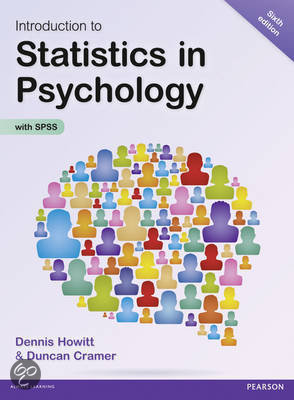Samenvatting
Conducting Research - GE5 - Summary Book & Seminars
(Cheaper in a Block D bundle, check my profile) (Chapter 1 - 17 All 7 seminars!) A very detailed summary for GE5 - Conducting Research. I've provided the document with a lot of visuals to make stuff more clear for everyone. (That's why it's 40 pages, Calibri 12 as well). I've added a page at the...
[Meer zien]





